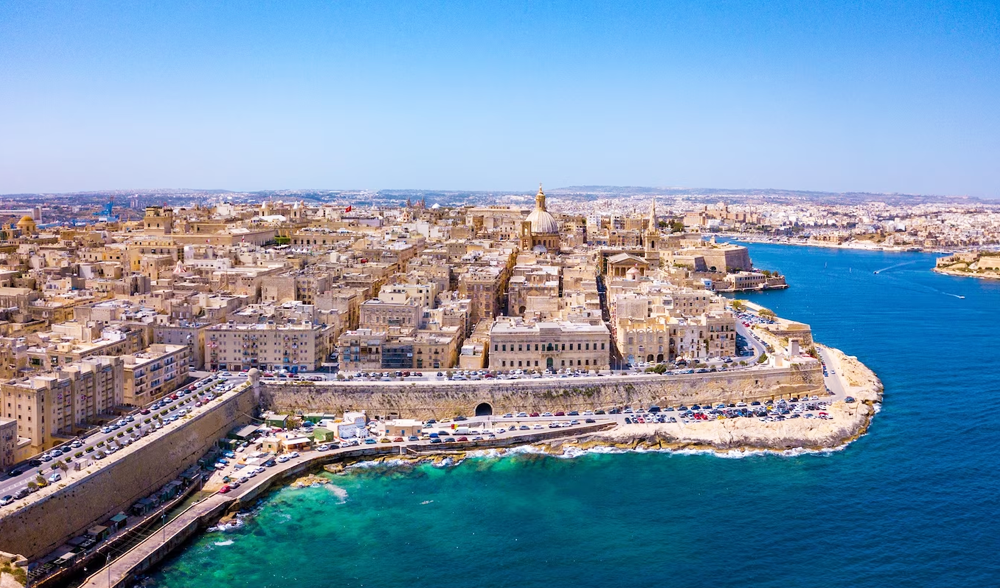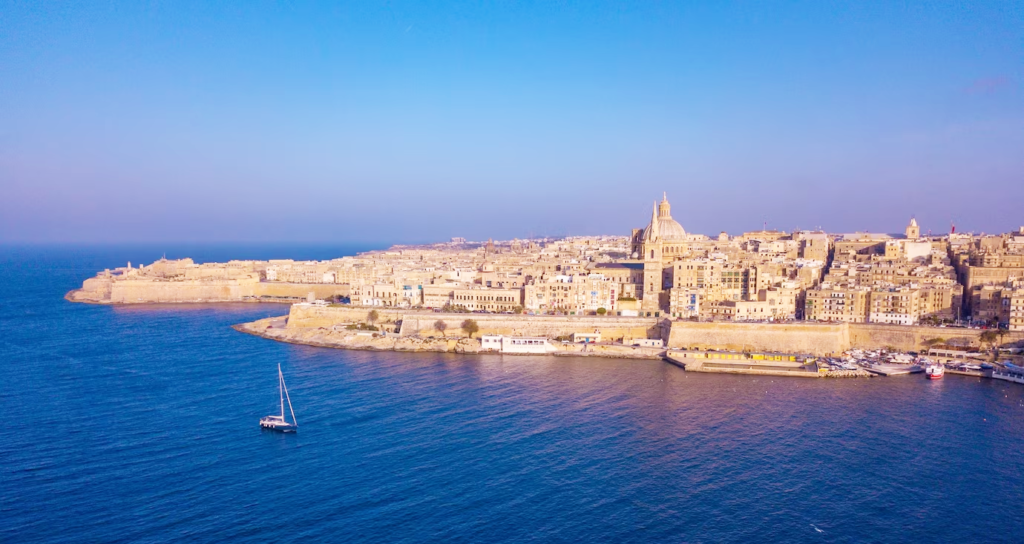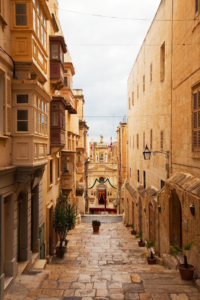
Reviving the Secrets of Architectural History
Can you imagine the stories that ancient buildings hold within their walls? The echoes of lives lived, secrets whispered, and historical moments witnessed?
Buildings have always been more than just structures – they are the tangible remnants of our past, showcasing civilizations’ ingenuity, artistry, and cultural significance throughout time.
In this article, we embark on a captivating journey through the annals of architectural history, uncovering the fascinating evolution of building techniques, styles, and influences across different eras.
We’ll delve into the extraordinary achievements of the ancient Egyptians with the majestic Great Pyramid of Giza, explore the awe-inspiring Gothic cathedrals that graced the medieval landscape, and marvel at the grandeur of Renaissance masterpieces inspired by ancient Greece and Rome. But our exploration doesn’t stop there.
We will narrow our focus to the storied island of Malta, where prehistoric temples, Byzantine and Arab influences, and the architectural legacy of the Hospitallers and British Empire intertwine. We’ll discover how Maltese architecture evolved through centuries, blending various styles and leaving an indelible mark on the Mediterranean landscape.
Maltese architecture has prehistoric origins, and some of the world’s oldest free-standing monuments – a sequence of megalithic temples – may be seen on the island of Malta.
The Phoenicians and, subsequently, the Romans colonized the islands, establishing the cities of Melite and Gaulos. Even though these were large settlements with several temples, churches, and palaces, only a few architectural remnants have survived.

Malta became part of the Byzantine Empire after the fall of the Western Roman Empire, before surrendering to the Arabs in 870. Almost no Byzantine or Arab architecture has survived, even though the Arabs had a substantial effect on Maltese vernacular architecture, which remained popular in future centuries.

Maltese architecture thrived from 1530 to 1798 when the islands were ruled by the Order of St. John.
The Hospitallers introduced Renaissance architecture to Malta in the mid-16th century, followed by the Baroque style a century later. During the two and a half centuries of Hospitaller administration (most notably the capital Valletta) were established, as were numerous churches, palaces, and public buildings. In addition to a system of coastal and inland defenses, the Order constructed bastioned fortifications around the major cities.
Following Malta’s accession to the British Empire in 1800, Neoclassical and Neo-Gothic architecture were adopted and became the dominating styles of the nineteenth century.
Several styles, including Art Nouveau, Art Deco, Italian futurism, rationalism, and modernism, influenced Maltese architecture throughout the first half of the twentieth century.
What about the future of architecture in Malta? Learn more in our upcoming article.





